Related Research Articles

Kenneth Noland was an American painter. He was one of the best-known American color field painters, although in the 1950s he was thought of as an abstract expressionist and in the early 1960s as a minimalist painter. Noland helped establish the Washington Color School movement. In 1977, he was honored with a major retrospective at the Solomon R. Guggenheim Museum in New York that then traveled to the Hirshhorn Museum and Sculpture Garden in Washington, D.C., and Ohio's Toledo Museum of Art in 1978. In 2006, Noland's Stripe Paintings were exhibited at the Tate in London.
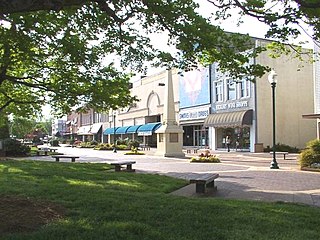
Hickory is a city in North Carolina primarily located in Catawba County and is the 25th most populous city in North Carolina. It is located approximately 60 miles (97 km) northwest of Charlotte. Hickory's population in the 2022 United States Census Bureau estimate was 44,084. Hickory is the main city of the Hickory–Lenoir–Morganton Metropolitan Statistical Area, which had a population of 368,347 in the 2022 census.
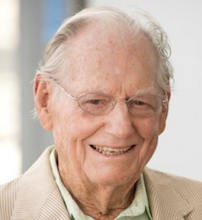
Morton Wayne Thiebaud was an American painter known for his colorful works depicting commonplace objects—pies, lipsticks, paint cans, ice cream cones, pastries, and hot dogs—as well as for his landscapes and figure paintings. Thiebaud is associated with the pop art movement because of his interest in objects of mass culture, although his early works, executed during the fifties and sixties, slightly predate the works of the classic pop artists. Thiebaud used heavy pigment and exaggerated colors to depict his subjects, and the well-defined shadows characteristic of advertisements were almost always included in his work.
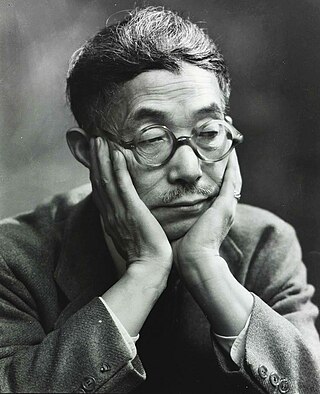
Yasuo Kuniyoshi was an eminent 20th-century Japanese-American painter, photographer and printmaker.

Robert Seldon Duncanson was a 19th-century American landscapist of European and African ancestry. Inspired by famous American landscape artists like Thomas Cole, Duncanson created renowned landscape paintings and is considered a second generation Hudson River School artist. Duncanson spent the majority of his career in Cincinnati, Ohio and helped develop the Ohio River Valley landscape tradition. As a free black man in antebellum America, Duncanson engaged the abolitionist community in America and England to support and promote his work. Duncanson is considered the first African-American artist to be internationally known. He operated in the cultural circles of Cincinnati, Detroit, Montreal, and London. The primary art historical debate centered on Duncanson concerns the role that contemporary racial issues played in his work. Some art historians, like Joseph D. Ketner, believe that Duncanson used racial metaphors in his artwork, while others, like Margaret Rose Vendryes, discourage viewers from approaching his art with a racialized perspective.
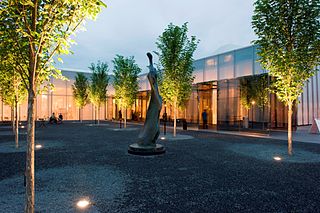
The North Carolina Museum of Art (NCMA) is an art museum in Raleigh, North Carolina. It opened in 1956 as the first major museum collection in the country to be formed by state legislation and funding. Since the initial 1947 appropriation that established its collection, the Museum has continued to be a model of enlightened public policy with free admission to the permanent collection. Today, it encompasses a collection that spans more than 5,000 years of artistic work from antiquity to the present, an amphitheater for outdoor performances, and a variety of celebrated exhibitions and public programs. The Museum features over 40 galleries as well as more than a dozen major works of art in the nation's largest museum park with 164-acres (0.66 km2). One of the leading art museums in the American South, the NCMA recently completed a major expansion winning international acclaim for innovative approaches to energy-efficient design.
John W. Coffey is an American art historian and curator.
Danny Malboeuf is a visual artist and musician. As kolaboy he is a member of the breedArt collective and a Senior Member of DeviantArt, where four of his paintings have received the site's top award. His musical project is Cowgirl in the Snow.
Paul Ludwig Horst Feiler was a German-born artist who was a prominent member of the St Ives School of art: he has pictures hanging in major art galleries across the world.

Gottlieb Daniel Paul Weber was a German artist. Weber is known for his ethereal and timeless landscape paintings of early northeast America. He emigrated to the U.S. in 1848 and though he returned to Germany around 1860 his influence on American landscape painting was still felt for years.
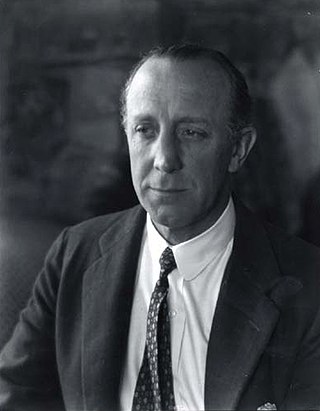
Paul Hampden Dougherty was an American marine painter. Dougherty was recognized for his American Impressionism paintings of the coasts of Maine and Cornwall in the years after the turn of the 20th century. His work has been described as bold and masculine, and he was best known for his many paintings of breakers crashing against rocky coasts and mountain landscapes. Dougherty also painted still lifes, created prints and sculpted.

Will Henry Stevens was an American modernist painter and naturalist. Stevens is known for his paintings and tonal pastels depicting the rural Southern landscape, abstractions of nature, and non-objective works. His paintings are in the collections of over forty museums in the US, including the Ogden Museum of Southern Art, the Museum of Fine Arts Boston, the North Carolina Museum of Art, the Los Angeles County Museum of Art, and the Smithsonian American Art Museum.

William Edward Bloomfield Starkweather was a painter, teacher, and writer, known for impressionist landscape paintings and book illustrations. He is also known for his research and writings on other painters, and was at one time considered "one of the greatest authorities on Goya".
Hickory Museum of Art (HMA) is an art museum in Hickory, North Carolina which holds exhibitions, events, and public educational programs based on a permanent collection of 19th to 21st century American art. The museum also features a long-term exhibition of Southern contemporary folk art, showcasing the work of self-taught artists from around the region. North Carolina's second-oldest museum, Hickory Museum of Art was established in 1944.
Wilford Seymour Conrow (1880-1957) was an American artist, most noted for portrait painting. He married Lyra Millette.
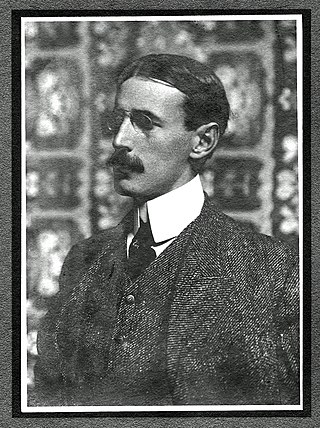
Frederick Ballard Williams was an American landscape and figure painter. He is best known for his decorative and idyllic scenes of the New England landscape. As a member of the National Academy, Salmagundi Club president, and founder of the American Artists Professional League, Williams was an influential figure in the promotion of 20th-century art in America.
Kesler Edward "Kes" Woodward is an American artist, art historian and curator. Known for his colorful paintings of northern landscapes, he was awarded the first Alaska Governor's Award for Lifetime Achievement in the Arts in 2004. Woodward has also written extensively on the Art of the circumpolar North and has curated exhibitions which have toured Alaska, California, Oregon, Washington, and Georgia.
Joseph Fiore (1925–2008) was an American painter. He was involved with Black Mountain College from 1946–1957, first as a student and later as a member of the faculty.

Elizabeth Bradford is an American artist living in Davidson, North Carolina, best known for her large-scale paintings of landscapes. Her works have been widely exhibited throughout the southeastern United States and are collected in museums and collections, both private and corporate, across the country.
Everett Franklin Spruce was a painter, museum professional, and arts educator based in Texas. He was widely recognized as one of the earliest regional visual artists to have embraced modernism in his interpretations of the Southwestern aesthetic. As a member of the Dallas Nine, he contributed to developing a stylistic lexicon that captured realistic and unidealized perspectives of the region, shifting away from the “Old South” view of Texas. Regional nature dominated his oeuvre, and a wide array of artistic movements, music, and literature influenced his renderings of it.
References
- 1 2 3 4 5 Perryman, Thomas, and Mildred Whitener Coe. Catawba Native Paul Whitener: A Retrospective: Exhibition Catalogue. Hickory, NC: Hickory Museum of Art, 1998. Print.
- ↑ Fleeting Moments: Paul W. Whitener. N.d. Artist File. Hickory Museum of Art, Hickory, NC.
- ↑ Chronology of The Hickory Museum of Art. Hickory, NC: Hickory Museum of Art, 2 June 2005.
- 1 2 "Paul Austin Wayne Whitener." Hickory Museum of Art- American Collection: Fiftieth Anniversary Edition. Hickory, NC: Hickory Museum of Art, 1994. 98-99. Print.